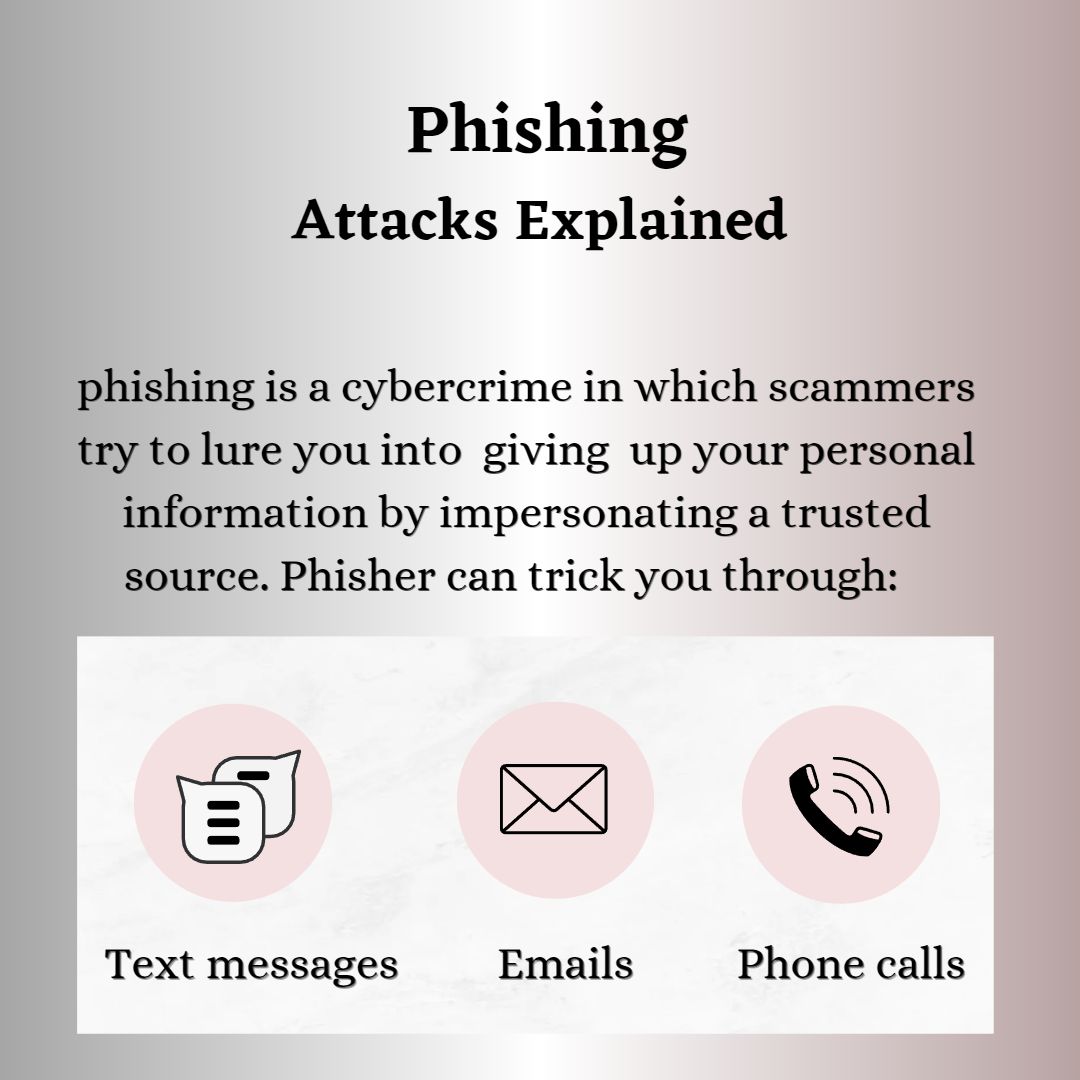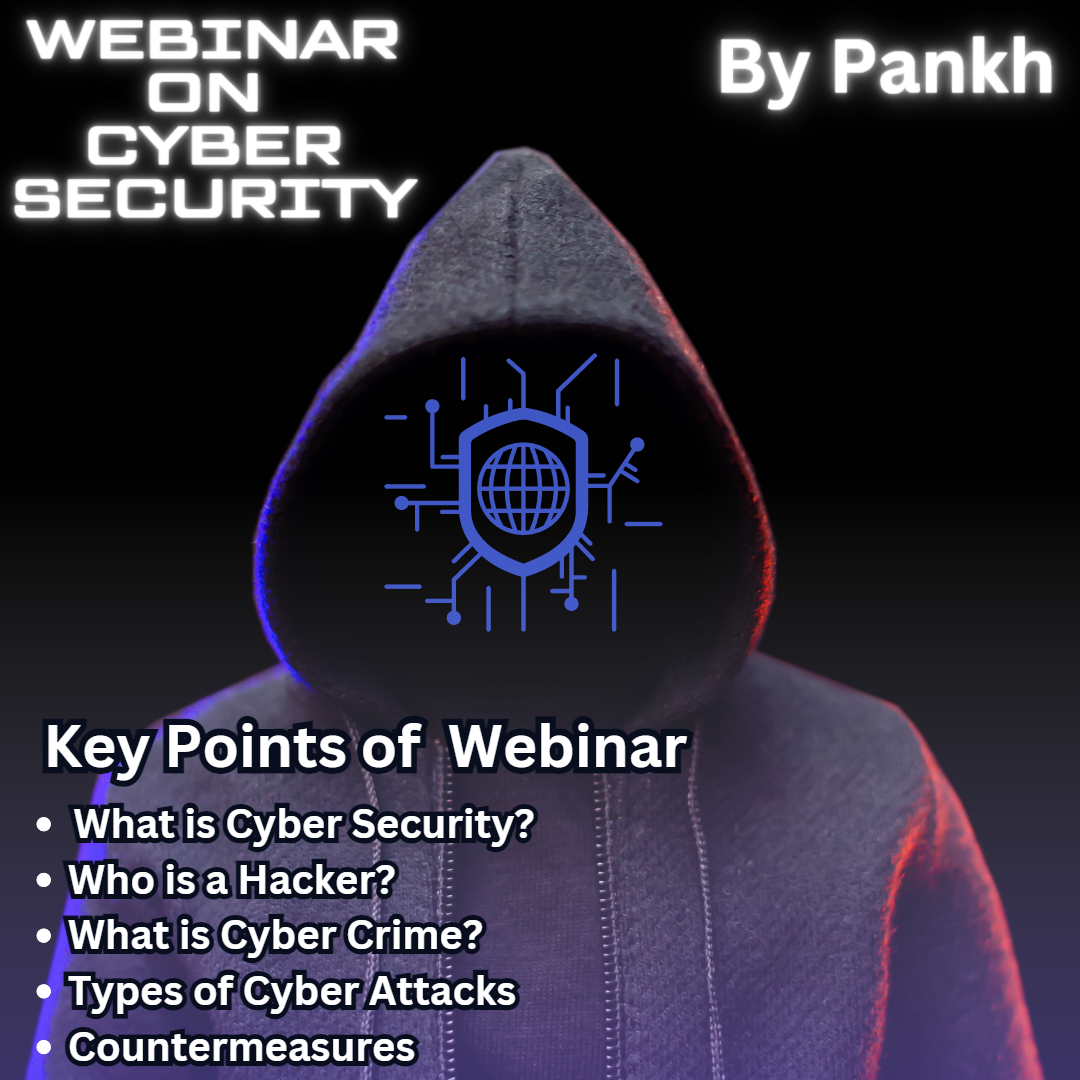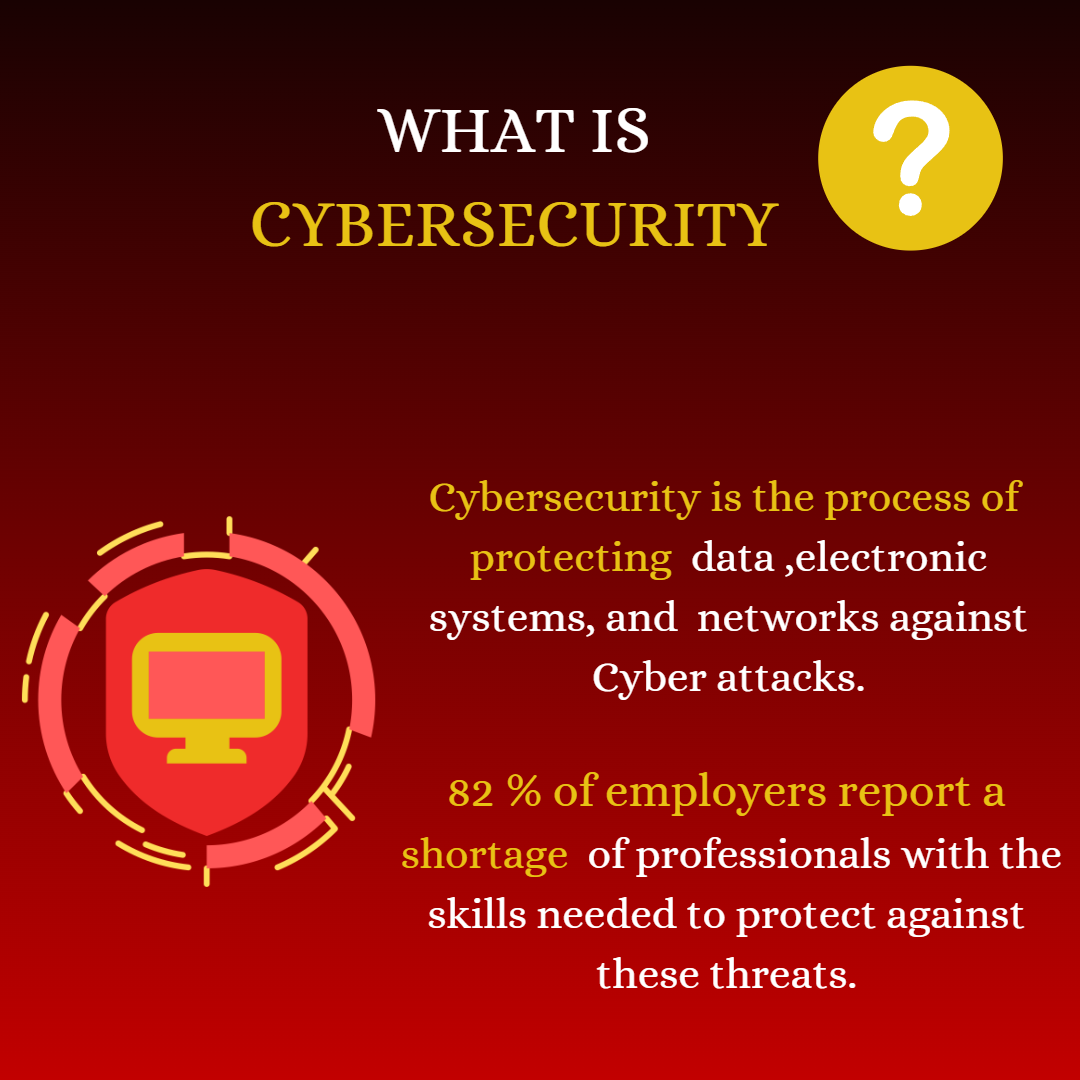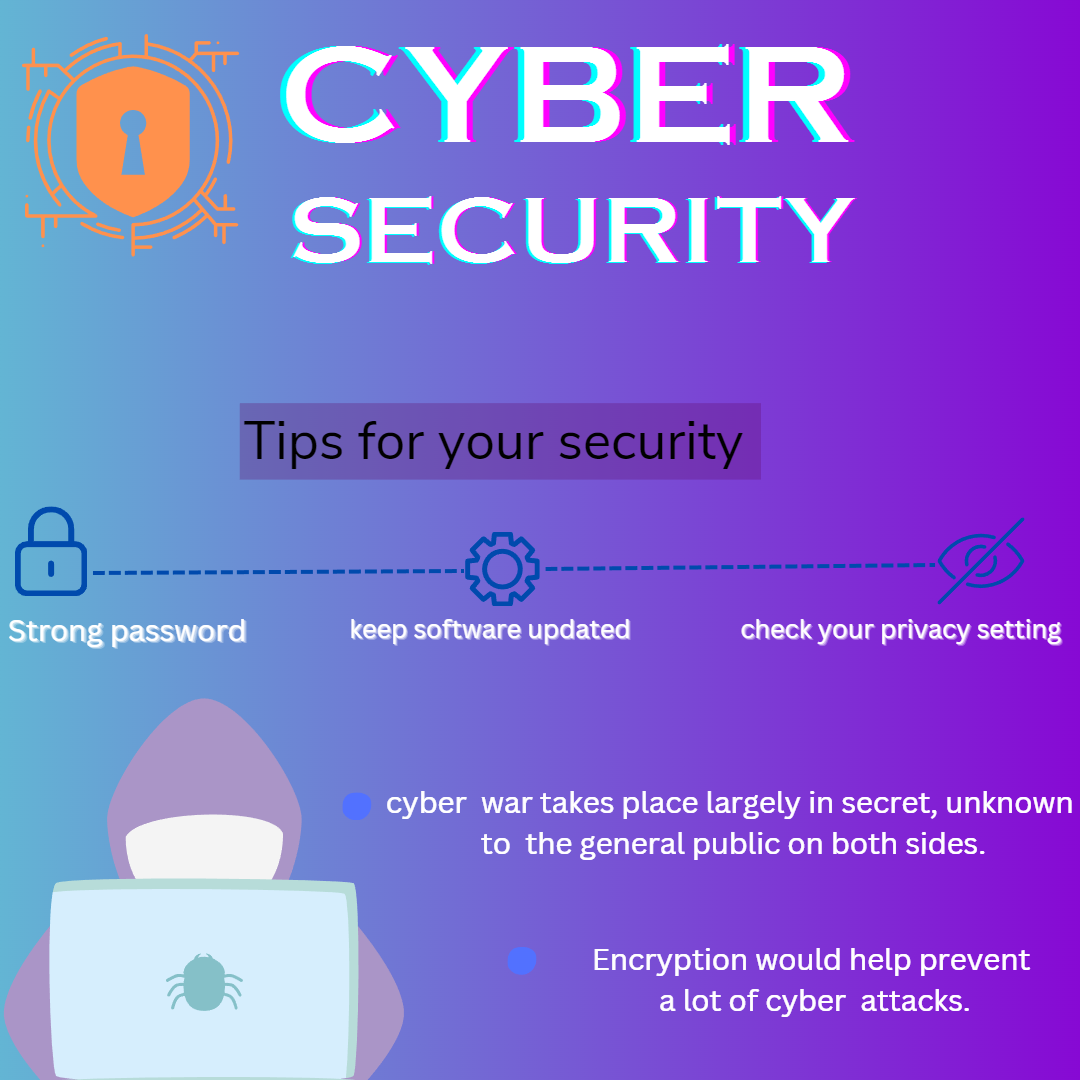What is Spoofing Attack ?
A spoofing attack is a type of cyberattack where an attacker disguises as a legitimate entity or device to gain unauthorized access to information, networks, or systems. Spoofing can occur at various levels, including email, IP addresses, and even websites. The primary objective of a spoofing attack is to deceive users or systems into trusting the malicious actor, which then leads to data breaches, identity theft, or further infiltration into secured systems. These attacks are particularly dangerous because they often exploit trust and can be difficult to detect until significant damage has been done.
A spoofing attack is a type of cyberattack in which an attacker impersonates a legitimate source to deceive a victim. The goal of the attacker is often to gain access to sensitive data, launch further attacks, or disrupt communications. Spoofing can occur in various forms, including email spoofing, IP spoofing, and DNS spoofing. What makes spoofing particularly dangerous is its ability to make malicious actions appear to be coming from trusted entities, making it harder for individuals and systems to detect the fraud.
Types of Spoofing Attacks
Spoofing attacks can take various forms, each targeting different parts of communication or network protocols. Here are some of the most common types:
Email Spoofing
In email spoofing, attackers falsify the sender’s address to make the email appear as though it comes from a legitimate source. The goal is to deceive the recipient into trusting the message, which can contain phishing links, malware, or requests for sensitive information. Companies like Pankh offer cybersecurity consultancy services that can help organizations implement email authentication protocols to mitigate email spoofing risks.IP Spoofing
This type of attack involves modifying the source IP address in packet headers so that it looks as if the traffic is coming from a trusted source. Attackers use IP spoofing to launch Distributed Denial of Service (DDoS) attacks or intercept communications. Pankh provides solutions to protect against such network-level attacks through IP filtering and other techniques.DNS Spoofing (DNS Cache Poisoning)
DNS spoofing is where attackers corrupt DNS records to redirect users to malicious websites. By poisoning the DNS cache, attackers can intercept user traffic and steal sensitive data like login credentials. With services from Pankh, organizations can implement DNS Security Extensions (DNSSEC) to verify DNS responses and prevent such attacks.Website Spoofing
Attackers create fake websites that closely resemble legitimate ones to trick users into entering personal information, such as login credentials or payment details. Website spoofing is commonly used in phishing attacks. Pankh assists businesses by offering SSL/TLS encryption and regular website security audits to prevent these threats.Caller ID Spoofing
In caller ID spoofing, attackers disguise their phone numbers to make them appear as though they are calling from a trusted number. This method is often used in social engineering attacks to gain sensitive information from unsuspecting victims. Pankh helps organizations deploy tools like STIR/SHAKEN, a protocol used to verify the authenticity of caller IDs and prevent such attacks.GPS Spoofing
GPS spoofing involves sending fake GPS signals to manipulate the location data received by a device. This type of attack can be used to interfere with GPS-dependent systems, like those in autonomous vehicles or drones. For industries that rely on GPS, Pankh offers consultancy on how to secure GPS-based systems and detect anomalies in signal patterns.ARP Spoofing
Address Resolution Protocol (ARP) spoofing allows attackers to associate their MAC address with the IP address of another device on the network, enabling them to intercept, modify, or block data sent over a local network. Pankh provides network security services that include ARP monitoring tools and techniques to prevent such attacks.Wi-Fi Spoofing
In Wi-Fi spoofing attacks, cybercriminals create fake Wi-Fi networks that appear legitimate to trick users into connecting. Once connected, the attacker can intercept all traffic between the user and the internet. Pankh can help organizations secure their Wi-Fi networks by offering guidance on encryption standards and network authentication protocols.
By leveraging the services of cybersecurity consultancy firms like Pankh, organizations can strengthen their defenses against a wide range of spoofing attacks.

A spoofing attack is a cyber threat where an attacker impersonates a legitimate entity or device to gain unauthorized access to sensitive data, networks, or systems. The attacker’s goal is to deceive users or security mechanisms into trusting the fake identity, leading to unauthorized actions such as data breaches, identity theft, or further system compromises. Spoofing can take many forms and often targets weak points in communication protocols, which makes detection challenging until significant damage is already done. These attacks are particularly dangerous because they exploit trust between users and systems.
How Spoofing Attacks Work
Spoofing attacks typically rely on the weakness or oversight in communication protocols, which lack strong verification mechanisms. For example, in email spoofing, the Simple Mail Transfer Protocol (SMTP) does not verify whether the sender’s address is authentic. Attackers exploit these vulnerabilities to send emails from fraudulent domains or modify the “From” field. Similarly, in IP spoofing, attackers craft packets with falsified headers, which makes it challenging for network systems to verify the packet’s origin.
The attack can also work by exploiting human error or trust. For instance, users might be tricked into clicking malicious links in a spoofed email because it appears to come from a colleague or a trusted organization.
Real-World Impact of Spoofing Attacks
Spoofing attacks can have a devastating impact on both individuals and organizations. For individuals, spoofing often leads to identity theft, fraud, or unauthorized financial transactions. In the corporate world, the consequences are even more severe, as attackers can target large organizations to compromise sensitive information, manipulate financial processes, or disable key systems. For instance, email spoofing is a major enabler of Business Email Compromise (BEC), where attackers pose as high-level executives to deceive employees into making large wire transfers or disclosing confidential business data. This kind of attack has resulted in billions of dollars in losses globally.
2. DNS Spoofing and Data Theft
DNS spoofing, or DNS cache poisoning, is another type of attack that can result in widespread data theft. In this attack, cybercriminals manipulate DNS records to redirect users to malicious websites that mimic legitimate ones. For example, users may believe they are visiting their banking site but are unknowingly entering their login credentials into a phishing site. These kinds of attacks are particularly harmful because they can compromise thousands or even millions of users at once. Companies like Pankh, which specialize in cybersecurity consultancy, offer services such as DNS security solutions to prevent these types of attacks by implementing DNS Security Extensions (DNSSEC) and other preventive measures.
3. IP Spoofing and DDoS Attacks
IP spoofing plays a central role in large-scale Distributed Denial of Service (DDoS) attacks. In such attacks, cybercriminals forge IP addresses to flood a target server with massive amounts of traffic, overwhelming its capacity and causing service outages. These outages can cripple an organization’s online services, leading to revenue losses, loss of customer trust, and operational disruptions. For businesses that rely on their online presence, a DDoS attack can result in hours or even days of downtime, costing them millions. Organizations can seek help from cybersecurity firms like Pankh to deploy defenses like anti-DDoS solutions, IP filtering, and network monitoring to mitigate these risks.
4. Financial Losses from Spoofing Attacks
The financial impact of spoofing attacks can be catastrophic. In many Business Email Compromise (BEC) cases, organizations have lost millions of dollars due to fraudulent wire transfers. Cybercriminals often exploit corporate hierarchies, posing as CEOs or other executives to trick financial departments into wiring money to foreign accounts. According to the FBI, BEC attacks caused losses of over $26 billion worldwide between 2016 and 2019. Companies need to implement security solutions like multi-factor authentication (MFA), advanced email filtering, and employee training, services which Pankh provides as part of their cybersecurity consultancy, to protect against such attacks.
5. Reputational Damage and Customer Trust
The reputational damage from spoofing attacks can be long-lasting. When organizations suffer from email or DNS spoofing, customers may lose trust in their brand, fearing their personal data is no longer safe. A well-known case of this occurred when a large financial institution suffered a DNS spoofing attack, which redirected its customers to a phishing site designed to steal their credentials. Even after the technical issue was resolved, the trust in the company had been damaged, leading to a loss in customer base and stock value. Pankh assists organizations in building trust with their customers by offering preventive strategies such as SSL/TLS certificates, website security monitoring, and user education.
6. Legal Consequences and Regulatory Compliance
Spoofing attacks can also lead to legal consequences, particularly if they result in data breaches that expose sensitive customer information. Regulatory bodies in many industries now require businesses to report data breaches, and failure to protect customer data can result in hefty fines. For example, the General Data Protection Regulation (GDPR) in Europe mandates strict data security standards, and organizations that fail to meet these standards can face penalties of up to 4% of their global revenue. Pankh helps organizations stay compliant with data protection regulations by offering consultancy services that focus on security best practices and regulatory compliance.
7. Operational Disruptions and Loss of Productivity
Spoofing attacks, especially those involving network-level spoofing like IP or ARP spoofing, can severely disrupt an organization’s operations. By gaining unauthorized access to a network, attackers can manipulate data flows, monitor sensitive communications, or even launch further attacks within the network. Such incidents can lead to downtime for critical systems, halting business operations and reducing productivity. For example, in a healthcare setting, operational disruptions caused by network spoofing could impact the availability of patient records, delaying treatments and services. Companies like Pankh can assist in safeguarding critical infrastructure with solutions such as network segmentation, intrusion detection systems, and regular security assessments.
8. Mitigating the Risk of Spoofing Attacks
Preventing spoofing attacks requires a multi-pronged approach that includes technical defenses, employee training, and continuous monitoring. Organizations should adopt email authentication protocols like SPF, DKIM, and DMARC to detect and block email spoofing attempts. Similarly, network-level security solutions such as firewalls, IP filtering, and intrusion detection systems can be deployed to prevent IP and ARP spoofing. Regular security assessments and employee training on recognizing phishing attempts and other spoofing techniques are also crucial. Pankh offers a range of cybersecurity consultancy services that include these strategies, helping businesses build a strong defense against various forms of spoofing attacks.
Spoofing attacks often leverage the inherent vulnerabilities in communication protocols. For instance, email spoofing exploits the lack of sender verification in the Simple Mail Transfer Protocol (SMTP), allowing attackers to manipulate the sender’s address and trick recipients. Similarly, IP spoofing involves crafting data packets with a forged source IP address, tricking the target into accepting malicious traffic. The common thread in spoofing attacks is the manipulation of identifiers—whether it’s an email address, IP address, or website URL—to appear legitimate and trustworthy.

Email Spoofing
Email spoofing remains one of the most prevalent forms of cyberattacks due to its simplicity and high success rate. Attackers falsify the “From” address of an email to make it appear as though it comes from a trusted source—such as a bank, a government agency, or even a colleague. This deception is designed to trick the recipient into taking actions such as clicking malicious links, sharing sensitive information, or downloading malware. Since many email systems do not have strong verification mechanisms, it becomes easier for cybercriminals to launch these types of attacks.
2. Phishing Campaigns via Email Spoofing
Phishing scams often use email spoofing to deliver fraudulent messages to unsuspecting victims. The attacker pretends to be a trusted entity and typically urges the recipient to take immediate action, such as updating their password, confirming their account details, or clicking a link that leads to a malicious website. Once the victim interacts with these phishing emails, they may unwittingly provide login credentials, personal information, or even download ransomware. For businesses looking to protect themselves, Pankh, a cybersecurity consultancy, offers services such as phishing prevention and employee training programs to reduce the risk of such attacks.
3. Business Email Compromise (BEC)
One of the more sophisticated forms of email spoofing is Business Email Compromise (BEC). In a BEC attack, the attacker impersonates a high-level executive or key personnel, such as the CEO or CFO, to trick employees into making unauthorized wire transfers or sharing confidential company information. These attacks target organizations’ financial departments and have caused millions in losses globally. By disguising as a trusted internal source, attackers can easily manipulate employees who may not suspect foul play. Pankh helps organizations secure their communication systems with email authentication protocols and advanced security tools to prevent BEC attacks.
4. Why Email Spoofing is Effective
One of the key reasons email spoofing remains effective is the inherent vulnerability in the Simple Mail Transfer Protocol (SMTP), which is widely used for sending and receiving emails. SMTP lacks mechanisms to verify the true identity of the email sender, making it possible for attackers to manipulate the sender’s address. Most users, unaware of the underlying technology, will see the spoofed sender and assume the message is legitimate. Pankh provides consultancy services that include implementing email authentication measures like SPF, DKIM, and DMARC, which help to detect and prevent spoofed emails from reaching the inbox.
5. Financial and Reputational Damage
Email spoofing attacks can result in substantial financial losses and reputational damage, particularly when sensitive data or money is compromised. In industries such as banking, finance, and healthcare, a successful spoofing attack can lead to massive regulatory fines if customer data is exposed. Moreover, organizations often face public backlash and a loss of customer trust after such incidents. Pankh assists companies in developing incident response strategies and implementing the necessary cybersecurity tools to quickly mitigate the impact of email spoofing attacks, reducing the risk of long-term damage.
6. Technological Solutions to Combat Email Spoofing
To combat email spoofing, several technological solutions have been developed. SPF (Sender Policy Framework), DKIM (DomainKeys Identified Mail), and DMARC (Domain-based Message Authentication, Reporting & Conformance) are authentication protocols designed to help verify the legitimacy of an email’s sender. These protocols allow organizations to detect and block spoofed emails before they reach the recipient’s inbox. Pankh offers expert consultancy to help organizations deploy these technologies effectively, ensuring that their email infrastructure is secure and capable of filtering out malicious emails.
7. User Awareness: A Critical Defense
Although technological defenses are crucial, user awareness remains one of the most effective methods to prevent email spoofing. Employees need to be trained to recognize signs of spoofed emails, such as discrepancies in the sender’s address, unusual requests, or poor grammar. Implementing regular cybersecurity awareness programs can drastically reduce the chances of falling victim to a spoofing attack. Companies like Pankh provide comprehensive cybersecurity training programs that help employees identify phishing and spoofing attempts, empowering them to stay vigilant against such threats.
8. The Future of Email Spoofing Defense
As cybercriminals continue to evolve their techniques, the future of email security will rely on a combination of technological innovation and proactive defense strategies. Machine learning and AI-based email filtering tools are becoming increasingly sophisticated, allowing organizations to detect even the most subtle signs of email spoofing. Additionally, the rise of encrypted communications will further reduce the risk of unauthorized interception or manipulation of emails. Pankh stays at the forefront of cybersecurity innovations, offering organizations the latest tools and techniques to defend against evolving spoofing threats.
By implementing both advanced email authentication protocols and fostering user awareness, organizations can significantly reduce the risks posed by email spoofing and its associated attacks.
Impact on Businesses and Consumers:
The impact of carding on businesses and consumers is substantial. For businesses, carding can lead to significant financial losses due to chargebacks, where the merchant is held responsible for fraudulent transactions. It also damages the reputation of businesses, as customers lose trust in companies that fail to protect their payment information. For consumers, the effects of carding can range from unauthorized charges on their accounts to long-term credit damage if their information is used repeatedly or in identity theft schemes.
Preventing Spoofing Attacks
To protect against spoofing attacks, multiple layers of defense should be implemented:
- Email Authentication Protocols: Implementing email authentication standards like SPF (Sender Policy Framework), DKIM (DomainKeys Identified Mail), and DMARC (Domain-based Message Authentication, Reporting & Conformance) can help verify the legitimacy of the sender’s address.
- IP Filtering: Network administrators should configure firewalls and routers to filter out packets with spoofed IP addresses.
- DNS Security: DNS Security Extensions (DNSSEC) can be used to authenticate DNS responses and prevent DNS spoofing attacks.
- SSL/TLS Encryption: Using SSL/TLS certificates ensures that websites are authenticated, and communication between users and websites is encrypted, protecting against website spoofing and MITM attacks.
- Caller ID Verification: Implementing technology like STIR/SHAKEN for verifying caller ID information can mitigate caller ID spoofing attacks.
User Awareness and Vigilance: Key to Cybersecurity
Recognizing Phishing Attempts
Phishing attacks, which often rely on email spoofing, are common methods cybercriminals use to steal sensitive information. Users should be trained to recognize phishing emails by looking out for suspicious sender addresses, unsolicited attachments, or unusual requests. Regular training programs provided by companies like Pankh can help employees stay alert to these threats.Examining URLs Closely
One of the easiest ways to detect a spoofing attempt is by examining URLs in emails or websites. Malicious websites often use URLs that look almost identical to legitimate ones, with subtle changes. Users should be trained to hover over links before clicking to ensure they lead to the expected destination. Pankh offers cybersecurity consultancy that includes best practices for URL vigilance.Questioning Unusual Requests
Attackers frequently exploit trust by sending emails that appear to come from high-level executives or familiar contacts, urging urgent actions like wire transfers or sharing confidential information. Users must be vigilant and question any unusual requests. Implementing clear communication protocols, as recommended by Pankh, can minimize the chances of falling for Business Email Compromise (BEC) attacks.Verifying the Sender’s Identity
Before responding to suspicious emails, users should verify the sender’s identity through a separate communication channel, such as calling them directly or sending a message to their known contact number. This simple step can prevent costly mistakes. Pankh provides consultancy services that encourage organizations to establish verification policies for sensitive communications.Avoiding Public Wi-Fi for Sensitive Transactions
Cybercriminals can exploit public Wi-Fi networks by using Wi-Fi spoofing techniques to intercept sensitive data. Users should avoid conducting sensitive transactions, like banking or accessing corporate networks, over unsecured public Wi-Fi. Using VPNs (Virtual Private Networks), which Pankh helps organizations implement, is a safer alternative for protecting data on public networks.Keeping Software and Systems Updated
Attackers often exploit outdated software or unpatched systems to launch spoofing and phishing attacks. Regularly updating all software, including browsers and email clients, can close these vulnerabilities. Pankh offers cybersecurity services that ensure organizations stay compliant with the latest security updates and patches.Multi-Factor Authentication (MFA) for Email Accounts
Using multi-factor authentication (MFA) adds an extra layer of security by requiring users to provide a second form of identification, such as a code sent to their phone, in addition to their password. This makes it more difficult for attackers to gain unauthorized access to accounts. Pankh helps organizations implement MFA solutions to protect their email and communication systems.Regular Security Awareness Training
Cybersecurity threats are constantly evolving, and regular training is essential to keep employees aware of the latest tactics used by cybercriminals. Ongoing security awareness programs, like those offered by Pankh, help employees stay up to date on emerging threats and refine their ability to spot suspicious activity.Reporting Suspicious Activity Promptly
Encouraging users to report suspicious emails or activities promptly can help cybersecurity teams act quickly to mitigate threats before they escalate. Pankh provides organizations with incident response protocols and training, ensuring that employees know how to react when they suspect an attack.
By fostering a culture of vigilance and proactive user awareness, organizations can significantly reduce the risks posed by spoofing attacks and other cybersecurity threats.
Conclusion
1. The Growing Threat of Spoofing Attacks
Spoofing attacks have become a significant cybersecurity threat, evolving in sophistication and scale over the past decade. By impersonating trusted sources, attackers can gain access to sensitive data, manipulate financial transactions, and disrupt operations. The widespread use of email, websites, and other digital communication tools has expanded the attack surface, making individuals and organizations more vulnerable to these deceptive attacks. As a result, awareness and robust defenses are critical in the fight against spoofing.
2. Why Spoofing is So Effective
What makes spoofing particularly dangerous is its ability to exploit trust—both between people and systems. Attackers mimic legitimate sources like emails, IP addresses, or websites to deceive users, gaining unauthorized access to information or networks. Spoofing tactics like phishing, DNS spoofing, and IP spoofing often go undetected until the damage is done, highlighting the need for organizations to stay vigilant. The combination of sophisticated social engineering and technical exploitation allows attackers to bypass even some of the best security defenses.
3. Common Types of Spoofing Attacks
There are various forms of spoofing, each targeting different aspects of digital communication. Email spoofing is one of the most common, where attackers forge the sender’s address to appear as a trusted entity, often leading to phishing attacks. DNS spoofing redirects users to malicious websites, while IP spoofing involves altering packet headers to appear as though they originate from a trusted IP address. Website spoofing, where attackers create fake websites that look like legitimate ones, also poses a significant threat to users, especially in financial and e-commerce sectors.
4. Business Impact of Spoofing
For businesses, the consequences of spoofing can be devastating. Email spoofing and Business Email Compromise (BEC) have caused millions in financial losses, where employees are tricked into wiring money to fraudulent accounts. DNS and IP spoofing attacks can disrupt business operations, leading to loss of revenue, reputational damage, and legal consequences if customer data is compromised. Beyond financial harm, these attacks can erode customer trust, which is crucial for any organization’s long-term success. Companies like Pankh offer specialized cybersecurity consultancy services to help businesses mitigate these risks and build stronger defenses.
5. Impact on Individuals
Spoofing attacks don’t just target businesses; individuals are often the victims as well. Personal information, banking credentials, and identity details are commonly stolen through phishing and website spoofing scams. Once this information is compromised, it can be sold on the dark web or used for fraudulent activities, leading to significant financial losses and emotional distress. Personal vigilance, combined with technological safeguards, is key to minimizing the risk of falling victim to spoofing attacks.
6. Preventive Measures for Spoofing Attacks
Preventing spoofing attacks requires a multi-layered approach. On a technical level, organizations should implement email authentication protocols such as SPF, DKIM, and DMARC to verify the legitimacy of incoming emails. Firewalls, network monitoring tools, and DNS security solutions can help detect and block IP and DNS spoofing attempts. User education is also critical—employees should be trained to recognize phishing attempts, question unusual requests, and practice safe browsing habits. Companies like Pankh offer comprehensive security services, including employee training and security assessments, to help organizations stay protected.
7. The Role of User Awareness
Technical defenses alone are not enough to combat spoofing attacks. Human error remains a leading cause of successful attacks, which is why user awareness and vigilance are essential. Employees should be trained to verify the sender’s identity before responding to emails, avoid clicking on suspicious links, and report unusual activity to their IT departments. Cybersecurity firms like Pankh specialize in providing cybersecurity training to employees, helping to create a culture of vigilance that significantly reduces the risk of spoofing and other social engineering attacks.
8. The Importance of Incident Response Plans
Despite best efforts to prevent spoofing attacks, breaches can still occur. Having a well-defined incident response plan can help organizations quickly contain and recover from such incidents. These plans should include clear protocols for identifying, responding to, and mitigating spoofing attacks, as well as regular drills to ensure that employees are prepared. Pankh provides consultancy services that include developing and refining incident response strategies, ensuring that organizations can minimize the impact of spoofing attacks and resume normal operations swiftly.
9. Looking Ahead: The Future of Spoofing Defense
As technology continues to evolve, so too will spoofing tactics. Cybercriminals are becoming increasingly adept at bypassing traditional security measures, which means that organizations need to stay ahead of the curve by adopting advanced security technologies such as machine learning-based email filtering and network monitoring tools. The integration of AI in cybersecurity will play a crucial role in identifying and blocking spoofing attacks in real-time. Companies like Pankh are at the forefront of these innovations, providing cutting-edge solutions that help organizations stay one step ahead of cyber threats.
In conclusion, spoofing attacks remain a pervasive and evolving threat in the digital world. However, by combining robust technological defenses, user awareness, and a proactive incident response, organizations and individuals can significantly reduce the risk of falling victim to these deceptive attacks.
















